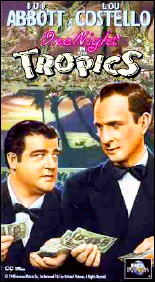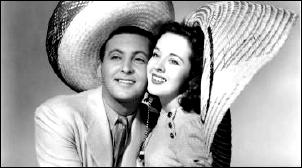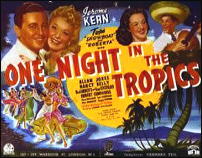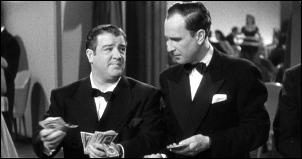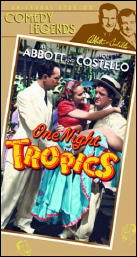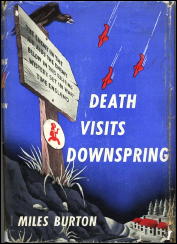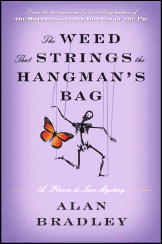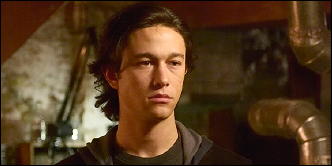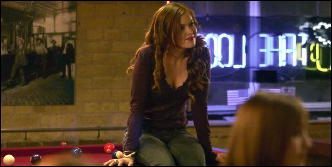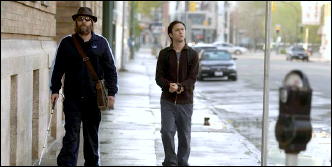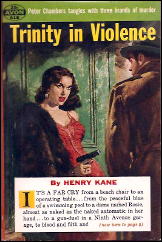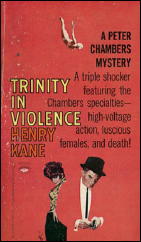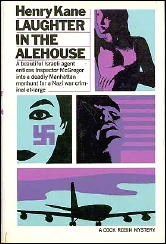Fri 18 Jun 2010
Reviewed by Barry Gardner: KINKY FRIEDMAN – Elvis, Jesus & Coca Cola.
Posted by Steve under Reviews[10] Comments
KINKY FRIEDMAN – Elvis, Jesus & Coca Cola. Simon & Schuster, hardcover, 1993. Reprint paperback: Bantam, 1996. The Kinkster #6.
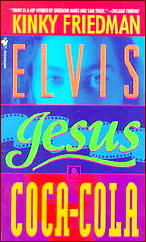
Admit it now: it’s a hell of a title, quintessentially American, and no one but Friedman could — or would — have come up with it. Love him or loathe him, and lots do each, he’s an American original.
Kinky’s got the blues. One of his best friends has died, and it’s hit him hard. The friend was working on a movie about Elvis impersonators, and his father asks Kinky to see if he can find the working copy of the film, which is missing.
Kinky doesn’t figure that will be any problem, but something else quickly becomes one — Uptown Judy (to distinguish her from Downtown Judy), one of his occasional ladies, is missing from her apartment and there are bloodstains on the floor.
Then the dead friend’s assistant who was supposed to have information about the missing film turns up murdered. The Kinkster and his motley crew of assistants go to work trying to make sense of it all.
I’m always at somewhat of a loss trying to write about Friedman’s books. There’s no way in the world to pass along the flavor, and the flavor is what it’s all about. The plots range from very little to pretty weak, and we aren’t talking in-depth characterization or narrative flow. We’re talking about a unique brand of prose. Sayin’s. Aphorisms.
A way of writing, and writing about life, that will strike you either as wise and very, very funny, as it does me; or profanely, obscenely, and misogynistically unfunny, as it has others. It’s said too often and is too often untrue, but trust me this time: he’s one of a kind. Sui generis.
Whether that’s a blessing or a curse is something you’ll have to decide for yourself.
I think he’s a hoot, myself.
Editorial Comment: I never met Barry myself. He lived in Texas, I lived in Connecticut. He attended mystery conventions, I seldom did nor have I since. But we were in DAPA-Em together, and we enjoyed each other’s reviews there, and swapped mailing comments there. We were friends, albeit through the mail and through each other’s zines only.
Barry worked for the Dallas Fire Department until his retirement in 1989, but he didn’t discover mystery fandom for another two years or so. Ah, Sweet Mysteries was the name of the zine that he produced for the apa, each of them running 20 pages or more. Besides his own zine, his reviews began popping up in all of the major, well-known mystery fanzines of the day: The Armchair Detective, CADS, Deadly Pleasures and many others. You name it, he was there.
Not only was he prolific, but he always managed to put his finger on what made each novel he reviewed work, or (in such cases) why it didn’t. Instinctively and incisively, he seemed to know detective and mystery fiction inside out. He had a critical eye, but he invariably used it softly while cutting immediately to the essence of a story.
Barry died in 1996 — suddenly, without any warning. George Easter, who still publishes Deadly Pleasures, almost immediately set up the Barry Awards in his name, to honor the Best in Detective and Mystery Fiction on a yearly basis. See George’s website for more information.
I’m pleased more than I can say that Barry’s wife Ellen has granted me permission to reprint Barry’s reviews from Ah, Sweet Mysteries on this blog. Thank you, Ellen, very much.
